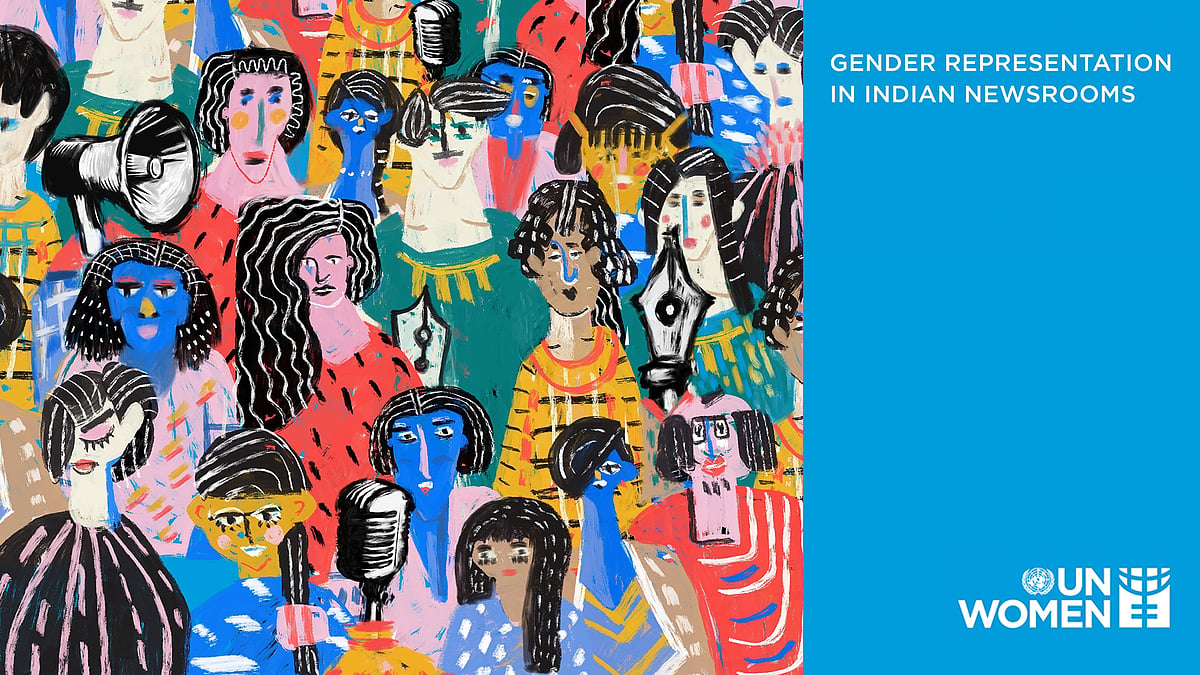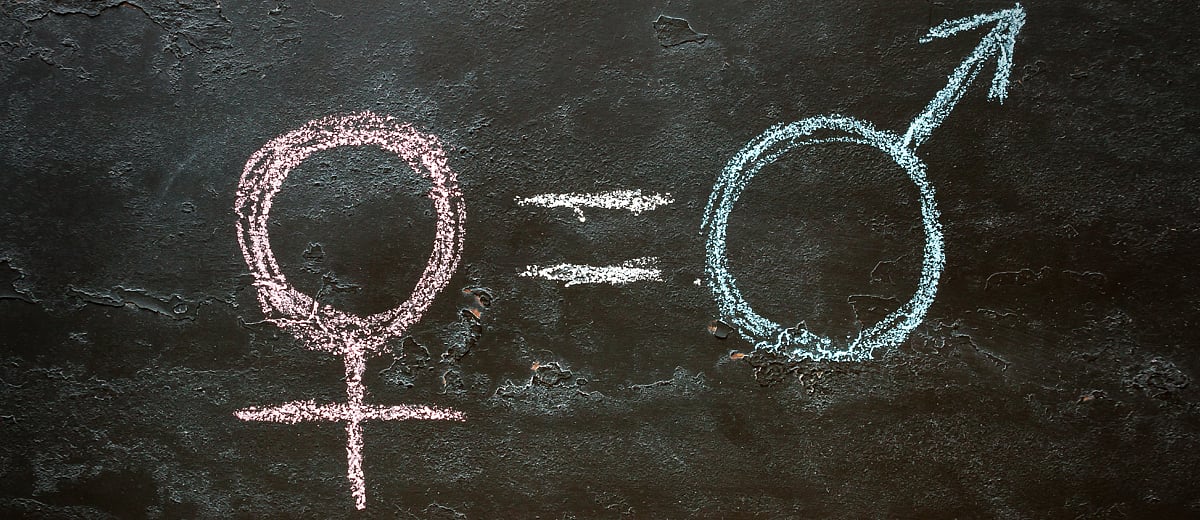Journalism and ‘aggressive masculinity’: NWMI study breaks down ‘toxic masculinity’ on news channels
The study monitored journalistic performance of masculinity on 185 news and talk shows across 31 TV channels in 12 languages.
TV news panels moderated by male anchors reveal relatively greater aggressive masculinist behaviour than those moderated by female anchors, and half of male anchors tend to “demean” panelists as compared to female anchors.
These are some of the findings from Staging Aggressive Masculinity, a media monitoring report released yesterday by the Network of Women in Media, India, as part of a larger collaboration with the Goethe Institute/Max Mueller Bhavan, Delhi.
The report sought to analyse how purported “masculine” attributes – like “valour, strength, honour and courage” – are naturalised as “essentially male” through journalistic and popular discourse, and document the presentation of toxic masculinity in the Indian media.
The report surveyed 185 news/talk shows across 31 TV channels in 12 languages between September 19 and 21 last year.

Source: 'Staging Aggressive Masculinity' report.
“Toxic and hegemonic masculinity” was, for the purposes of the analysis, indicated by the presence of “three observable dimensions”: aggression or anger, dominance, and sexism. Nineteen percent of the content surveyed was from English programming, and the variable of “aggression” was “highly present” in this case. Hindi media took the lead in “dominance” and Tamil media in “sexism”.
“The first idea of the project was to get some kind of evidence; a lot of TV watching or general media consumption is very anecdotal,” said Laxmi Murthy, project lead. “We wanted some scientifically done study and monitoring to back up a lot of our feelings or claims. This was one of them. We got some evidence of aggression or hostility or polarising that electronic media is doing these days.”
While “straightforward news”, such as news bulletins, was “relatively neutral in performance traits”, the report said masculinities played out in talk shows in ways that are “clearly hegemonic”. It pointed out that talk shows are “less constrained by the tenets of objectivity and balance”, therefore allowing a “greater range of behavioural display”.
For instance, “more shouting over one another” was observed in male-moderated panels (48.75 percent) as opposed to those moderated by women (15.52 percent). Panels moderated by male anchors also had a higher frequency of panelists “challenging each other” (54.55 percent) as compared to those moderated by women (12.07 percent).
Aggression in the form of “body language, word usage and tone of voice” was observed in 58.81 percent of all news shows sampled, while the number stood at over 85 percent specifically for talk shows. Talk shows also indicated more “dominant behaviour” which, the report said, suggests that the format of talk shows “enables anchors to behave in more traditionally masculinist ways”. This aggression was supported by “sound and visual effects”.
During a September 20 bulletin on Republic TV, for example, one of the report’s researchers pointed out that the male anchor “dominates the female host”. “The female host was not given the slightest opportunity to make her own comments on the news. She is in the programme to just read the news and open the floor for the male host to give his comments.”
Similarly, a Doordarshan Malayalam show on September 28 featured a male anchor and four male panelists. An observation read: “The anchor is seen challenging the panelists and exerting dominance through his body language and tone. He also pointed his fingers at the panellists, and his body language was aggressive sometimes,” the report states, "It was also observed that the anchor sometimes tried to exert dominance over the panellist’s viewpoints by paraphrasing their comments and interpreting different conclusions.”
Female anchors were found to use “more gender-sensitive” language as compared to their male colleagues – 41.57 percent as opposed to 35.42 percent. Dismissive language was found to be the “most common indicator of overt sexism”, while few female or non-binary persons featured as guests on panels even when issues being discussed had an obvious gender dimension.
NWMI emphasised that the report was a critique of not men but the “hegemonic and toxic associations of masculinity with aggression, dominance, misogyny and, ultimately, violence”.
The report said: “Toxic masculinity combined with right wing, hyper nationalist, majoritarian ideology was evident in discourse on social media. Anyone critical of the ruling establishment was branded ‘anti-national’ and subjected to verbal assault by online trolls. Online violence sometimes included increasingly real threats of offline violence.”
The study did not focus on news bias or framing but on the performativity of the reporter or host, which NWMI said was done for the first time in India.
Murthy said that a lot of studies looked at content of news but they wanted to look at the journalistic performance for this project. She said that within the next few weeks, NWMI would try to present the report to the TV channels they analysed, and have conversations with them as well.
 Newsroom gender gap: Men get over 80% of TV panel slots, 75% of bylines
Newsroom gender gap: Men get over 80% of TV panel slots, 75% of bylines Why is the Indian media almost blind to gender issues? And how can this be rectified?
Why is the Indian media almost blind to gender issues? And how can this be rectified?NL Digest
A weekly guide to the best of our stories from our editors and reporters. Note: Skip if you're a subscriber. All subscribers get a weekly, subscriber-only newsletter by default.
